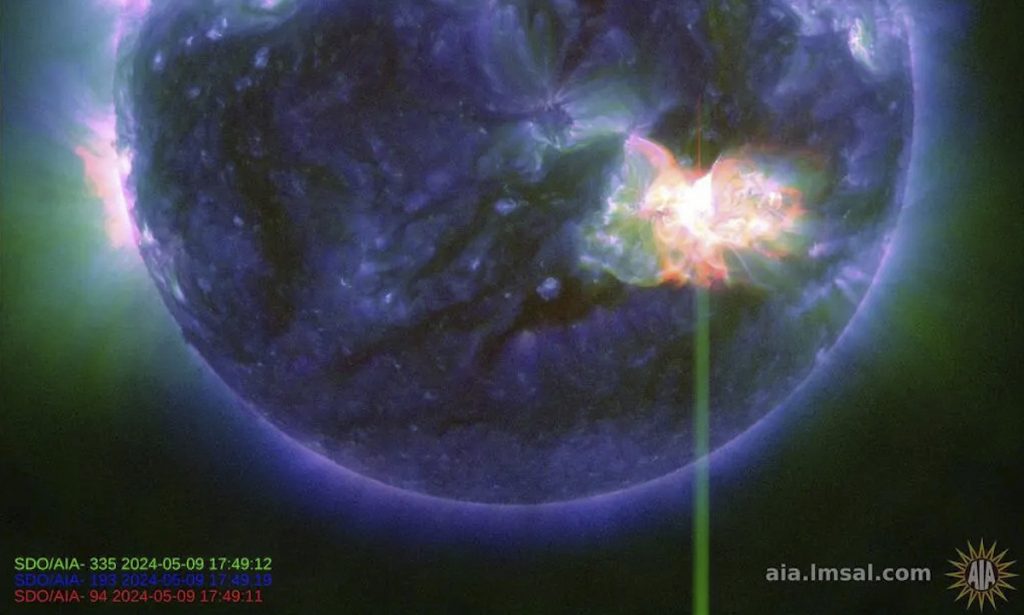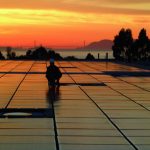CAPE CANAVERAL, Fla. — A strong solar storm headed toward Earth could produce northern lights in the southern United States and potentially disrupt communications this weekend.
Related Articles
Bird flu is bad for poultry and dairy cows. It’s not a dire threat for most of us — yet
NASA watchdog report: 100+ cracks on heat shield biggest threat to human moon mission
Here are the ultraprocessed foods you most need to avoid, according to a 30-year study
Scientists say they are learning basics of sperm whale language
Record-setting rain: Why did the Bay Area get hit with a classic winter storm in May?
The National Oceanic and Atmospheric Administration issued a rare geometric storm watch — the first in nearly 20 years. The watch starts Friday and lasts all weekend.
NOAA said the sun produced strong solar flares beginning Wednesday, resulting in five outbursts of plasma capable of disrupting satellites in orbit and power grids here on Earth. Each eruption — known as a coronal mass ejection — can contain billions of tons of solar plasma.
NOAA is calling this an unusual event, pointing out that the flares seem to be associated with a sunspot that’s 124,000 miles across — 16 times the diameter of Earth.
People who’ve saved their solar eclipse glasses will be able to see that sunspot without magnification, in the sun’s lower right quadrant.
The storm could produce aurora borealis — northern lights — as far south in the U.S. as Alabama and Northern California, according to NOAA.
Its severity is currently categorized as G4, the second strongest. During a call with reporters Friday, Shawn Dahl of NOAA’s Space Weather Prediction Center said that the agency can’t rule out a “low-end” G5 storm.
An extreme geomagnetic storm in 2003 took out power in Sweden and damaged power transformers in South Africa.


